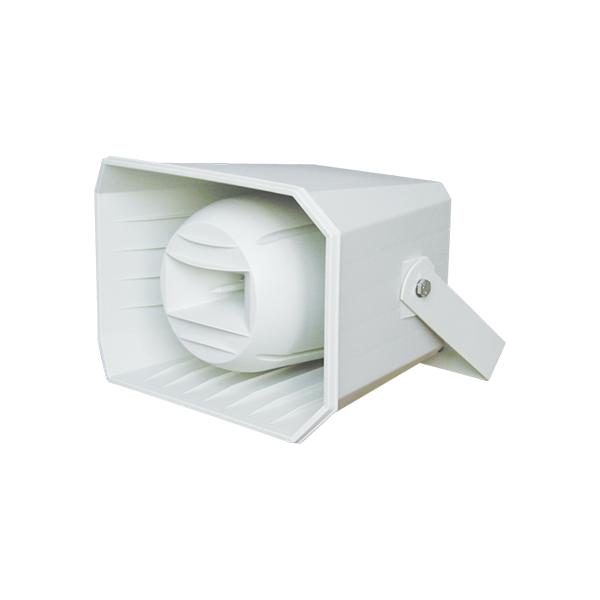The structure and type of ip horn speaker
- Categories:Industry News
- Time of issue:2022-01-07 11:33
- Views:
(Summary description)The ip horn speaker is also called horn loudspeaker. It is a very commonly used electro-acoustic transducer, which can be seen in sound-producing electronic and electrical equipment.
The structure and type of ip horn speaker
(Summary description)The ip horn speaker is also called horn loudspeaker. It is a very commonly used electro-acoustic transducer, which can be seen in sound-producing electronic and electrical equipment.
- Categories:Industry News
- Time of issue:2022-01-07 11:33
- Views:
The ip horn speaker is also called horn loudspeaker. It is a very commonly used electro-acoustic transducer, which can be seen in sound-producing electronic and electrical equipment.

The ip horn speaker consists of permanent magnets, coils, and cones. After the electrification coil is energized to generate magnetism, it interacts with the permanent magnet. When the current flows, the two attract each other, and the electrified coil drives the paper cone to move to the left; when the current direction changes, the coil drives the paper cone to move to the right; the magnitude of the current affects the paper cone. The amplitude of the pot vibration, so the ip horn speaker makes a sound that changes with the current. The ip horn speaker can be used in radios, televisions, and speakers.
Types of ip horn speakers:
1. Paper cone ip horn speaker
Paper cone ip horn speaker is also known as moving coil speaker. It consists of three parts: ① Vibration system, including cone cone, voice coil and centering support; ② Magnetic circuit system, including permanent magnet, magnetic guide plate and field core; ③ Auxiliary system, including basin frame, terminal block, crimping and dust cover, etc. When the voice coil in the magnetic field has an audio current passing through it, a magnetic field that changes with the audio current is generated. This magnetic field interacts with the magnetic field of the permanent magnet, causing the voice coil to vibrate along the axial direction. Due to the simple structure of the speaker and the rich bass , Soft sound quality, wide frequency band, but low efficiency.
2. Horn-type ip horn speaker
The structure of the horn-type ip horn speaker consists of a vibration system (tweeter head) and a horn. The vibration system is similar to the paper cone speaker, the difference is that its diaphragm is not a paper cone, but a dome-shaped diaphragm. The vibration of the diaphragm radiates sound waves into the air through the horn (after two reflections). It has high frequency and large volume, and is often used in outdoor and square sound reinforcement.
Scan the QR code to read on your phone
Related News

OBT WeChat

OBT Mobile Website
Copyright © Shenzhen OBTPA Technology Co.,Ltd. 粤ICP备18028288号




